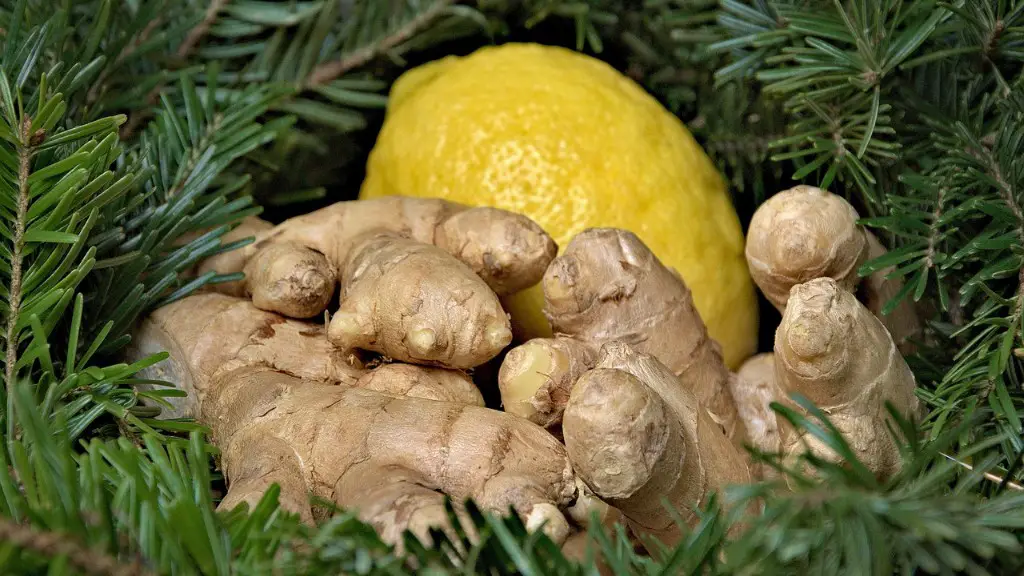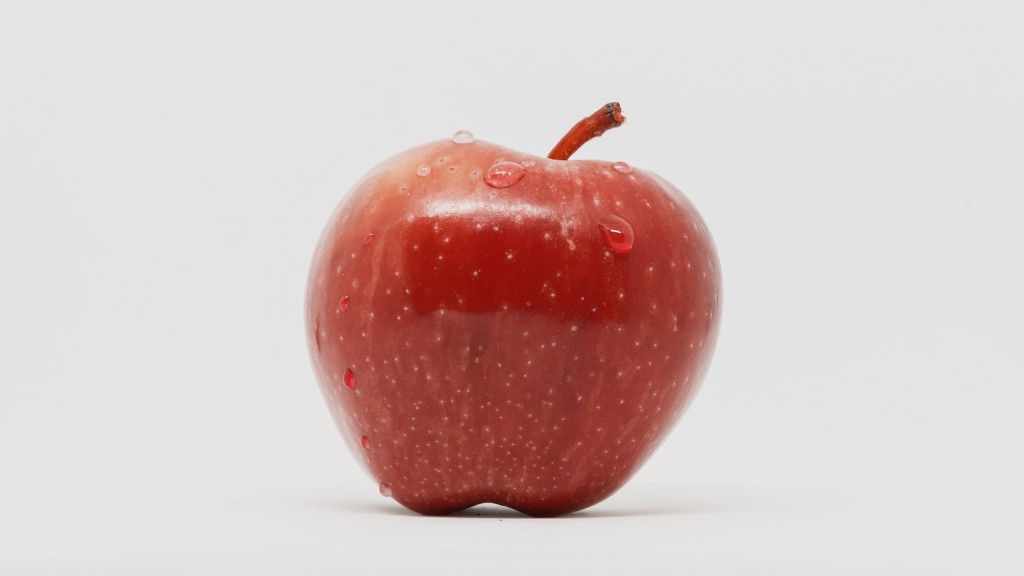It is important to know when the right time to harvest lemons from the tree arises. Citrus fruits ripen with sunlight therefore the right time to pick lemons varies between seasons, locations and individual plants. Generally, lemons are ready to pick when they have achieved a yellow color. Lemons should ideally be harvested when they have reached a full yellow color with a hint of green hues and no speckling or pink on the skin. The rind should be firm yet still slightly pliable. Inspect each lemon, if it is light enough to lift when plucked then it is probably ripe and ready for harvesting. While harvesting lemons if the fruit does not come away from the branch with ease, it is not yet ripe. It may require some gentle tugging but don’t pull too hard or you risk damaging the branch. Furthermore, the leaves of the tree should not be disregarded when harvesting as part of the lemon will be found beneath them.
The size of the lemon should also be taken into consideration when harvesting. Lemons that are left to fully ripen on the tree can become too large, tough, and lack juice. Lemons of a suitable size should be chosen for harvesting over larger lemons. Lemons should be of a medium size that are neither too big nor too small; they should also feel slightly heavy. Lemons should also be picked frequently in order to encourage the tree to continue producing more. This can be done with plucking every lemon that is ready to be harvested in order to let the tree know that it should continue its growth cycle.
In addition to size, smell is also key. Ripe lemons should have a fresh, pungent citrus aroma. This can be determined with a gentle roll of the lemon to ensure an even smell throughout the fruit. Although not all lemons may have fragrance, a lemon should never smell sour as that is an indication that the lemon is over-ripe.
While harvesting lemons, it is important to note not to overburden branches with too many lemons at once.
The rate at which a tree can grow and yield depends largely on the care and maintenance it receives. Giving the tree adequate amounts of water and nutrients allow it to deliver the fruits desired. Lemons should also be harvested carefully and delicately to avoid any damage to the tree. This help the tree to continually yield fruits in the upcoming season.
How to Tell if a Lemon Is Ripe
When it comes to telling if a lemon is ripe, there is no ‘one size fits all’ rule. The main thing to remember is that when picking lemons, the right time to harvest them is when they have reached a full yellow color with a hint of green hues and no speckling or pink on the skin. The right size to pick lemons should be determined by its heaviness and pliability. It is important that the lemon is not too large or too small and that it is still slightly firm but not hard. Lastly, a lemon should not smell sour, as this indicates that it is overripe. Lemons should be ripe and ready for harvesting when these criteria are met.
Fruit Degradation After Picking
It is important to note that after a lemon is completely ripe, it can start to degrade quickly due to its high level of sensitivity. In order to avoid this, it is recommended to pick the lemon at the right time, as soon as the lemon is ripe. Not only does this prevent degradation and extend the shelf life of the fruit, but it also helps to maintain productivity in the tree since it can be made to continue producing fruits in upcoming seasons. If a lemon is slightly over-ripe, it can still have a shelf life of up to a week when refrigerated.
Which Type of Lemons Should Be Harvested?
When harvesting lemons, there are various types of lemons that should be taken into consideration. Lemons such as Meyer Lemons and Eureka lemons are considered the juiciest, while Lisbon Lemons are known for their bright and slightly acidic flavor. Ultimately, the type of lemons being harvested and the purpose of harvesting them will ultimately depend on the demand and the climate and soil conditions in which the plant is grown.
Prevent Insects from Destroying Yield
In addition to picking lemons at the right time, it is important to take proper precautions to avoid any damage to the tree or its yield. Doing this involves keeping an eye out for any insects or animals such as birds, squirrels, and rabbits that may be attracted to the lemons. It is important to use adequate pest control products and methods to prevent any damage to the tree and the lemons, and any other plants surrounding the tree. This will help to ensure that the tree continues to yield fruits in upcoming seasons.
What to Do After Harvesting and Before Storage
Once lemons are harvested, it is important to give them a good wash before storage or consumption. Not only does this help get rid of any bacteria or dirt on the fruit, but it also helps to increase its shelf life. After washing, it is also important to make sure the lemons are completely dry in order to avoid any mold to form. This can be done by gently patting the fruit with a kitchen towel or paper towel. Afterwards, the lemons can then be stored either at room temperature or in the refrigerator, depending on the desired shelf life.


